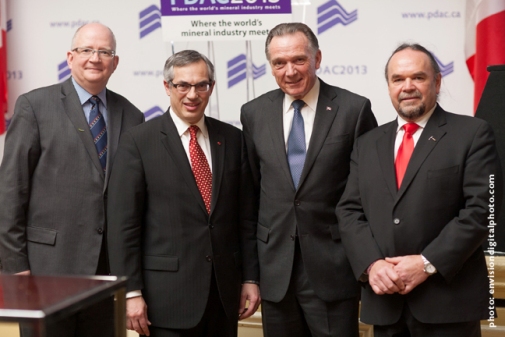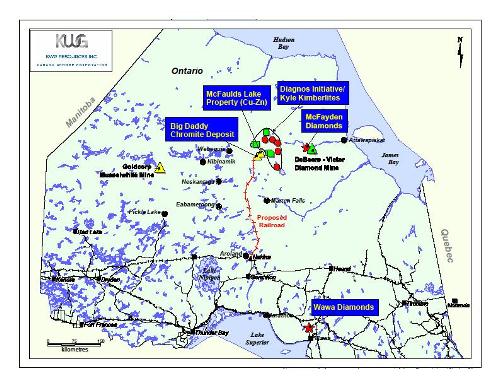QUEEN’S PARK – Timmins-James Bay MPP Gilles Bisson made the following statement in the provincial legislature today about the Ring of Fire mining development.
“We’ve listened to this government now in three budgets—probably three or four—and at least two throne speeches talk about the wonderful opportunity that presents itself in the Ring of Fire in northern Ontario. We have some of the best mineralogical ability in that part of the province when it comes to chromite, when it comes to nickel, when it comes to other metals.
“We’re looking at this government and saying, ‘Where have you been for the last three or four years?’ There is an opportunity here to position Ontario as a stainless steel producer. You need chromite, you need nickel and you need iron ore, all things that belong here in Ontario, and if all we’re trying to do is to create a mine up in the Ring of Fire, I think we’re selling Ontario short. We should be trying to position this as a stainless steel play for the province of Ontario.


























